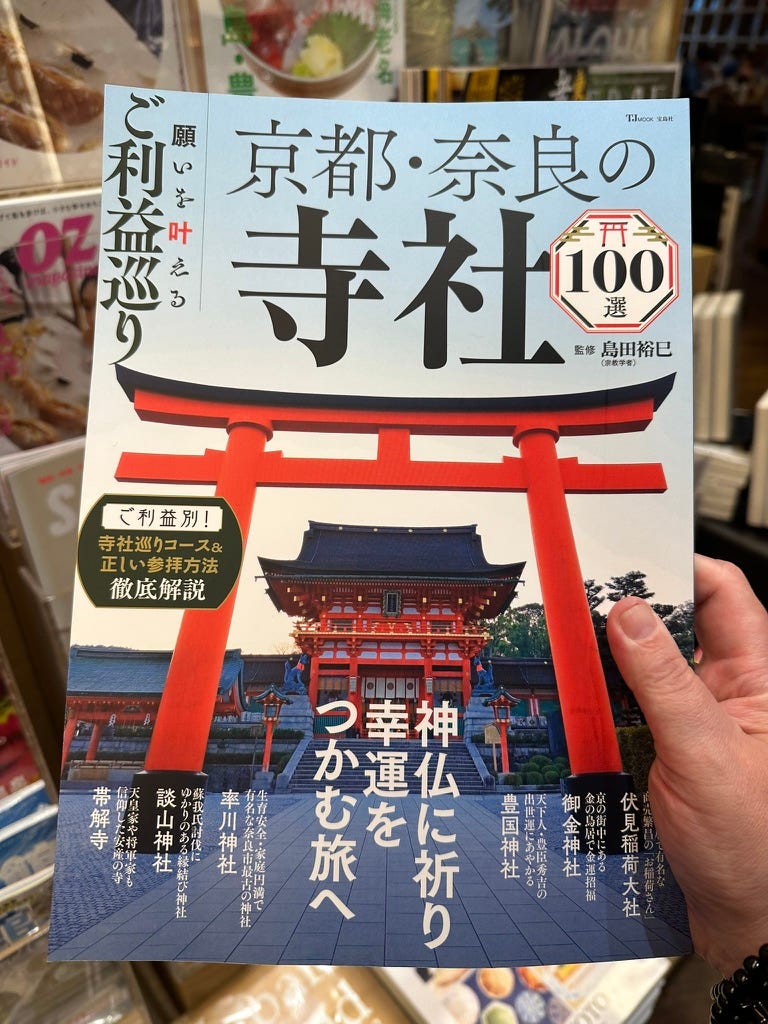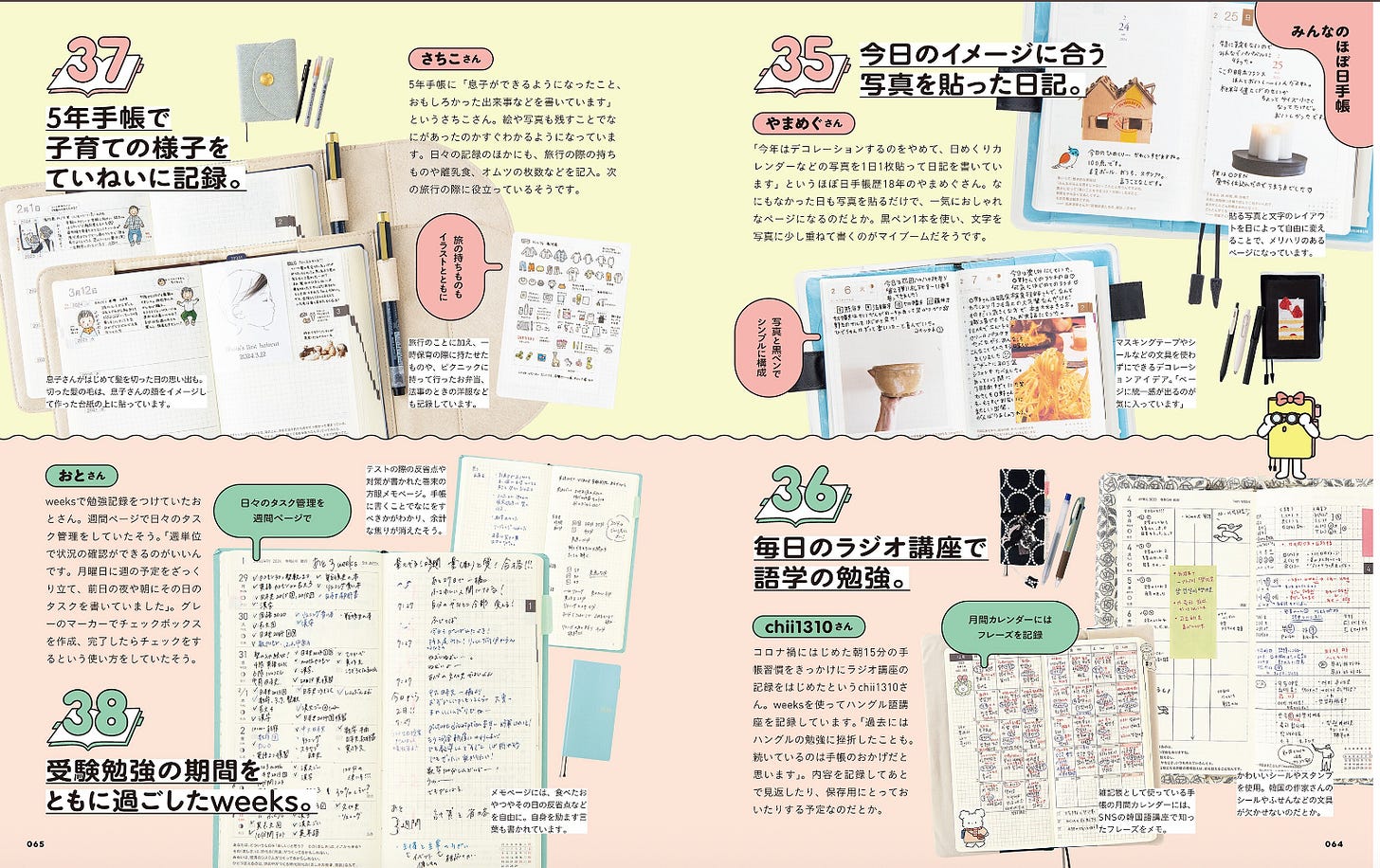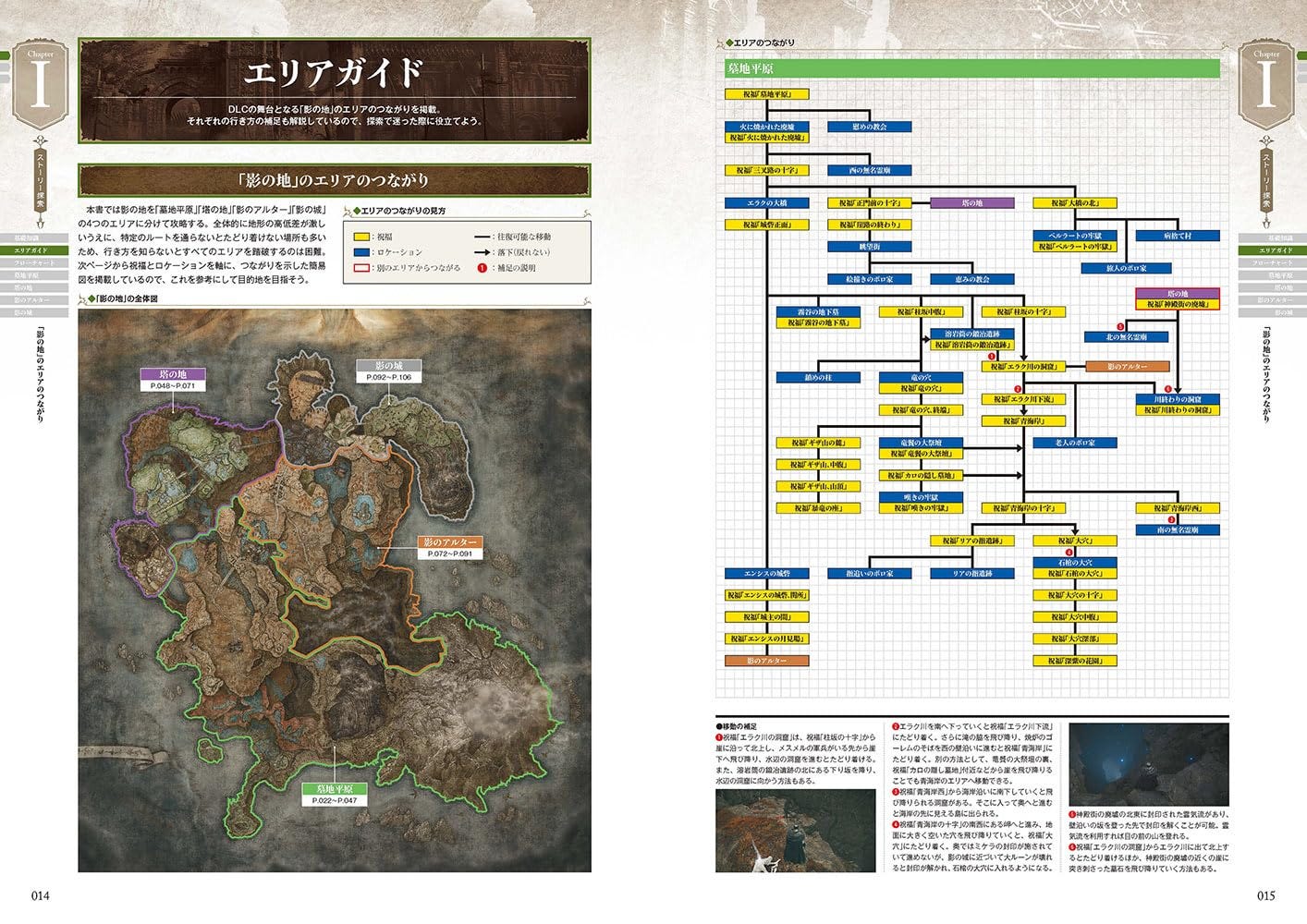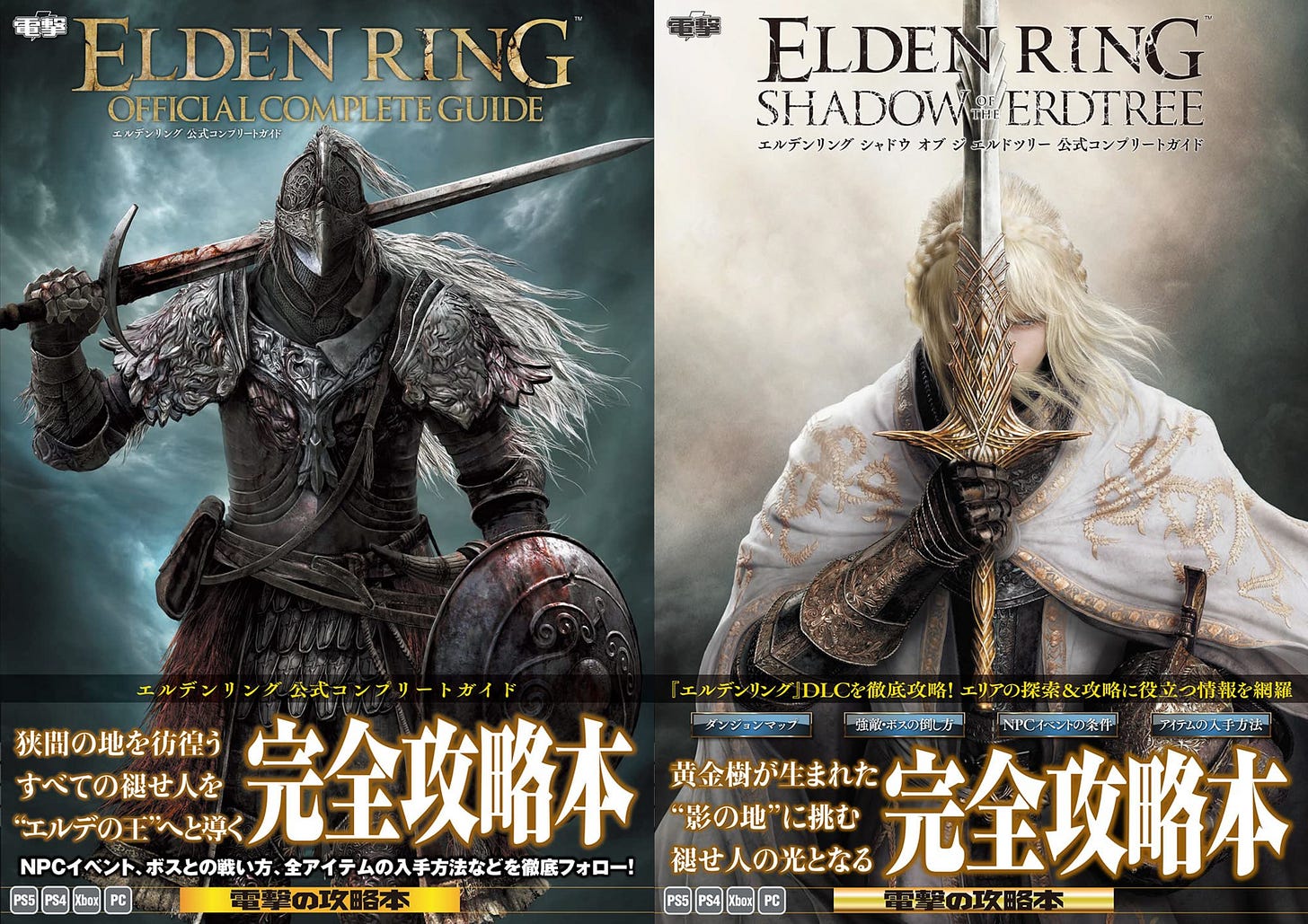Japanese Guidebook Culture: Mook, Magazines and Mono no aware (物の哀れ)...
Going somewhere? Doing something? Step one: Find a bookstore...

Japanese bookstores are wonderful places (my personal favourite is the Edion in Hiroshima, just by the station) filled with books and magazines, stationery and all manner of other stuff.
Japan has a massive guidebook culture. Wanna visit a specific place or see the best temples and shrines? Get a guidebook like the one above. They’re lovely things, with full colour, glossy pages and are the perfect size to slip into a travel tote.
Buying a new planner in September? Well about a week before most big companies like Hobonichi or Jibun Techo, will release an annual guidebook showing how their customers use their products. Also, they’ll reveal the whole lineup in a deliciously analogue format you can pursue while drinking coffee.
Got that hot new computer game and need a hand to defeat a boss? Hit up your local bookstore or gaming store and get a strategy guide.
Some of this, of course, hails from the pre-Internet when games came on discs and bookstores were the media hubs of their time. No internet, no IGN, no Google. Just an encyclopedia with stats and strategies, also bonus content like short stories, posters or other cool stuff.
In the modern age, such books are called ‘mook’ (ムック'; which basically means a ‘magazine-book’.) They’re a hybrid of actual books but usually shorter. Most are book-sized but with shorter lengths than the traditional tome; the recently-released Elden Ring: Nightreign Twilight Guide, for example, is just eighty pages. They sheer range is massive with mook released which cover lots of topics, from new anime series to games to stationery or a holiday in somewhere like Hawai’i.
This idea of preparation, of making the most of every opportunity and going in with as much knowledge as you can, makes me think of the concept of mono no aware (物の哀れ; the impermanence of life…). Kind of a Japanese version of Horace’s butchered Latin phrase: ‘Seize the day, for tomorrow you may die…’ (‘carpe diem, quam minimum credula postero’)
(I know carpe diem doesn’t always translate that directly but it sounds good and I have a MA in Classics, not Latin. And, well, Dead Poet’s Society is awesome. Yes, I was also looking for a third ‘M’ for this headline as well…)
As someone with AuDHD, I totally get planning all the things, especially, for example if you are going to Japan or about to start a video game as massive as Elden Ring that you need a lengthy online guide, map and a journal to ensure you tick every box and select the right options for specific NPC quests.
It’s about maximising opportunity, making everything count and doing as much as you can in one go. This is something that is very much a part of Japanese culture and it seems sensible that it is reflected in the need to books, guides and printed materials.
Even in the age of the internet, there is something very tangible about having a book containing everything you need with you that phones, even modern ones with massive screens and access to the entire internet, can’t seem to replicate. They’re lighter, yes, and easier to consult but they lack the charm of found on websites.
You can dog-ear pages, scribble notes and anotate the text in a much more organic way than on digital platforms, even with apps like GoodNotes or styli like the various Apple Pencils. Even the e-ink Remarkable doesn’t quite have the same tangibility.
As a stationery addict with a hyperfixation on Japan and a deep love for Maruman, Pilot and what was Tomoegawa paper, I suspect Japanese planners occupy a similar space in that respect. The idea of writing things down, of planning day-to-day, is quite a way to not only organise life but also to truly experience it as well.
Especially when you can erase it with Frixion pens.
Japanese trends for types of media like mook really interest me as it shows that printed material still important and mainstream. even in a country so tech-obsessed as Japan, but also the same country still using hanko, fax machines and 3.5mm diskettes.
While I prefer my iPad for reading, especially as many mook are available in digital format, there is something library-esque about hitting a bookstore in Japan to find a physical answer to a gnawing mental question that really appeals to my analogue mind.
So I’m curious to see, now that mook are also available in digital, if we’ll see a lowering of print runs as the next generation tries to find the same answers as their parents but in a more digital format.






